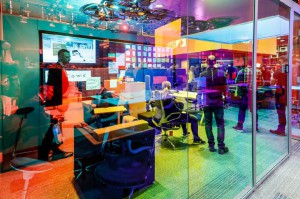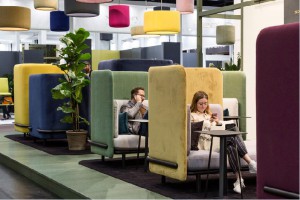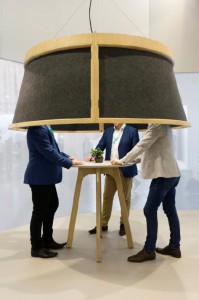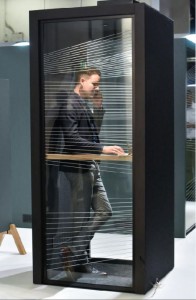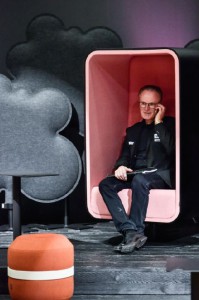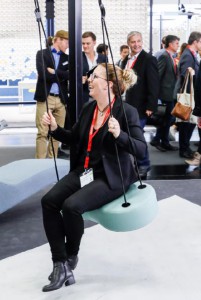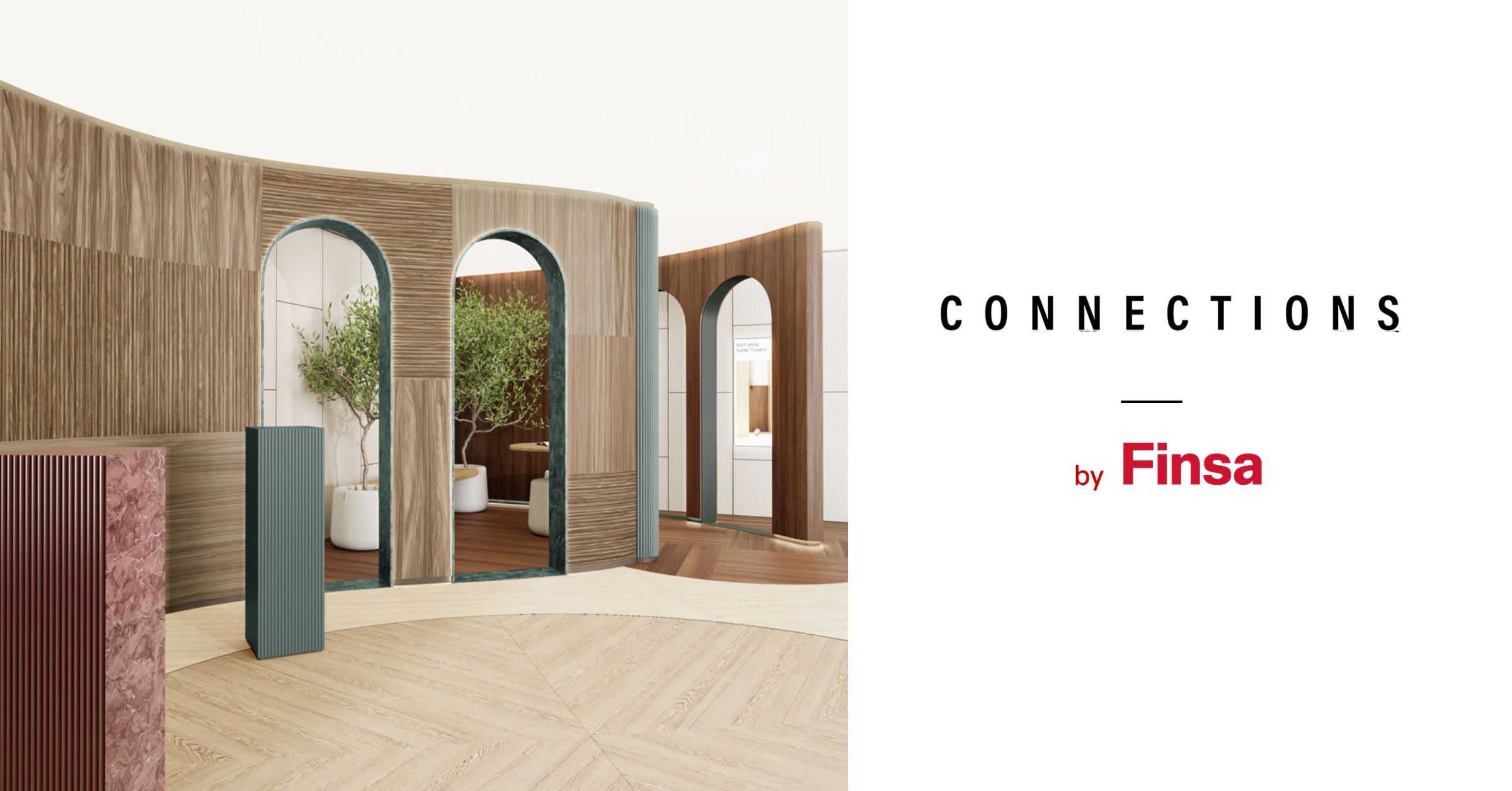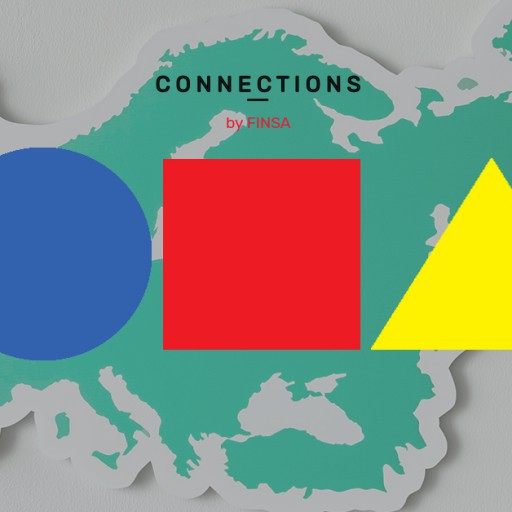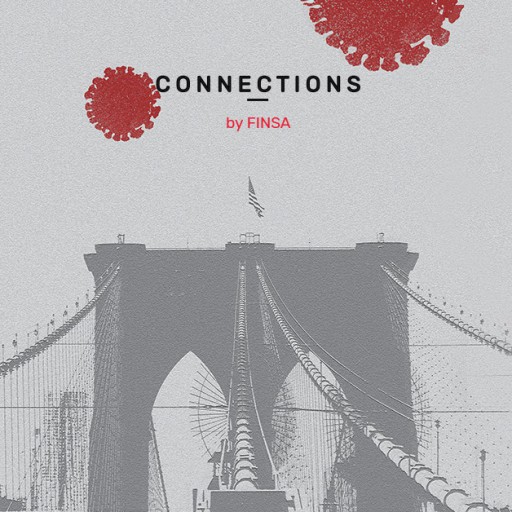This week we visited Orgatec 2018 and today we’re letting you know about the trends that will be a part of the office of the future. Forget grey – workspaces will be filled with colour and warmth so they are more like home.
Orgatec asks what the work environment will look like. To find the answer, the biggest manufacturers of office furniture are meeting in Cologne this week, along with space planning companies, dedicated to the growing sector of custom office fit-outs.
At Orgatec 2018, the answer is clear: the work environment of the future will be a home office that is full of colour. Colour is key and it is finally being incorporated into furniture pieces, which will be more like the furniture you can find in any home: colourful, homey, and also flexible. All the changes which have been happening to the way we work will be reflected in both the design of spaces which will respond to new needs and furniture which will respond to new functionalities. Furthermore, office design will take into account the user more and more, with a growing concern for ergonomics and acoustics. Here, we go through the trends of the future at Orgatec 2018 one by one
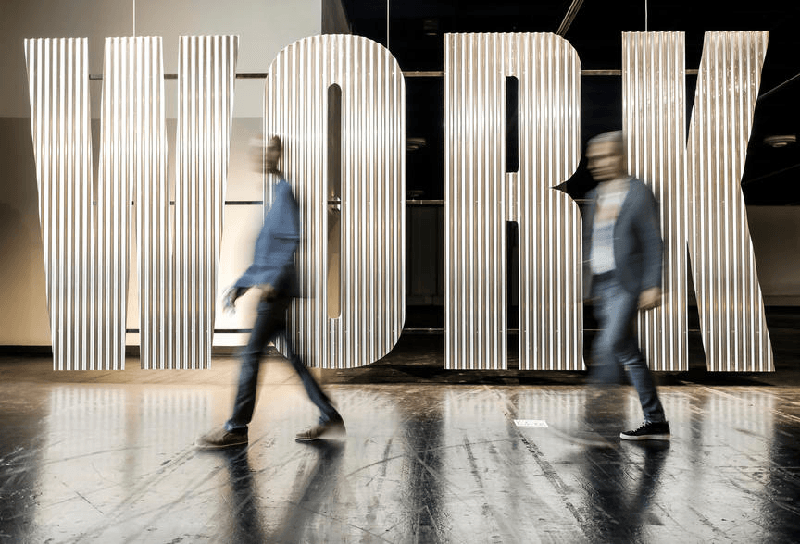
Orgatec 2018: Colour invades offices
Forget those images of office buildings filled with grey and impersonal cubicles, because colour is invading the office. And, since we are passionate about colour, we love this! Colour is making the leap from atrezzo to furniture and is being incorporated into chairs, desks, bookshelves…wherever you look at Orgatec, you will find colour.
Combined with classic whites, blacks and greys, or natural and neutral woods such as oak, colour stimulates creativity in the work environment and makes it warmer and more human.
Home-ification: feeling at home at work
In some of the spaces at Orgatec 2018, you won’t know if you are in the lobby of a hotel or in the living room of your house. The office landscape is “home-ifying”, with the intention of being warmand providing the worker with a more familiar, more home-like environment. At Vitra’s booth we were able to see ‘Soft work‘, which turns soft seats into the focus of the landscape and gives them elements that make them functional workstations, such as trays which are integrated into the upholstery or panels which provide privacy.
It is becoming more common to include sofas in office areas so that people can work in a relaxed state. Other examples are the ‘Plenums’ from Republic of Fritz Hansen, designed by Spanish designer Jaime Hayon, which look to create a feeling of home, as well as the new seat designs from Andreu World.
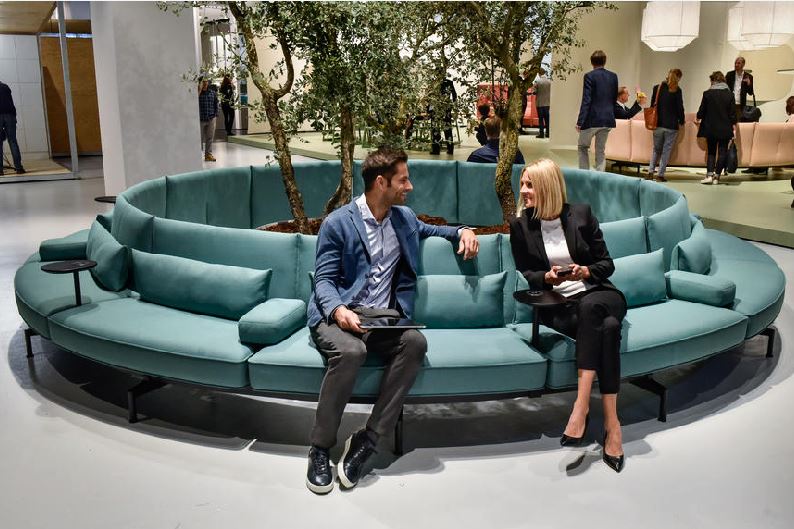
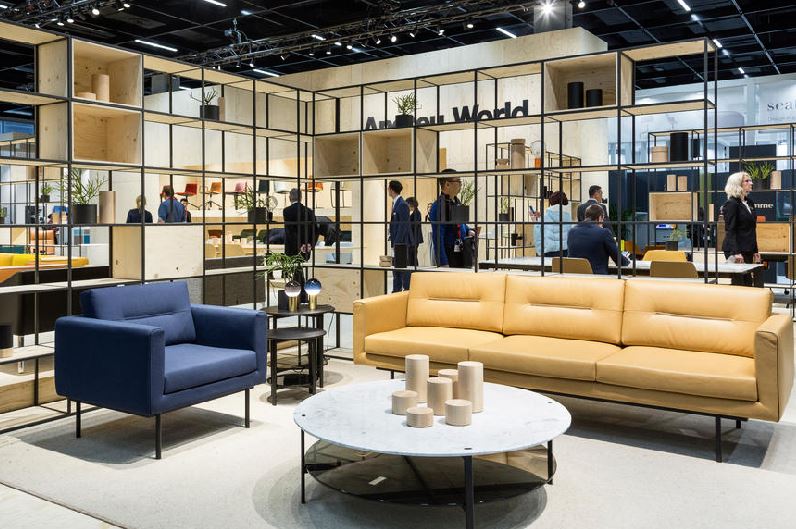
Ergonomics: putting the user at the centre
All (or almost all) of us already have an ergonomic chair in our office, but at Orgatec 2018 we saw the next step: ergonomics have reached tables. Now you can change the height of your desk, or of your side tables, in order to adapt them to each user at every moment. This is the case for Talent by Actiu, a desk which is adjustable in height, moveable, and collapsible, allowing you to the change the arrangement of any room to adapt it to the needs of any given moment.
Another way of looking after the health of the user is to incorporate materials into the furniture which are more and more absorbent in order to facilitate acoustic comfort. The importance of acoustics in office design is not new, but it has become more important as spaces are now more open.
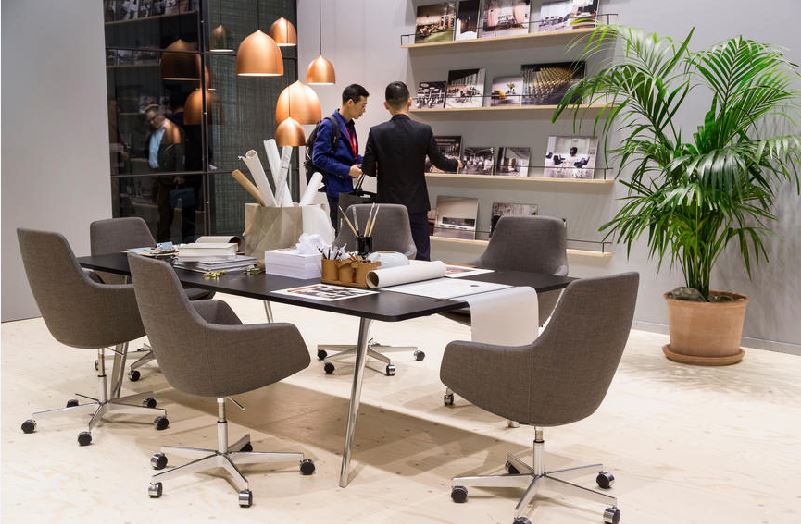
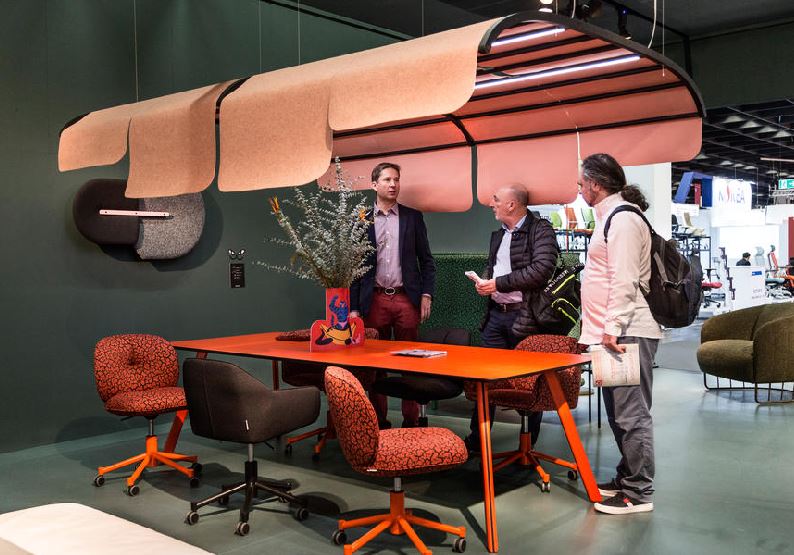
Flexibility: from working however you can to working however you want
It is also becoming more common for large companies to want a custom-designed office. Designers and architects are the ones in charge of designing exclusive furniture and for personalising existing furniture but, above all, for creating new concepts for common spaces such as reception areas, eating areas, informal meeting areas etc. Who would have thought a few years ago that we would find lockers in offices, just like at the gym? We’ve said goodbye to the rigidity of hierarchies and this has filtered down to ways of working as well as the spaces in which we work.
It has also influenced the way we equip these spaces. At Orgatec, adaptable furniture dominates, allowing for the easy exchange of ideas and teamwork, but also for generating privacy at any given moment. Cila Go from Arper, functional to the extreme, is the perfect example.
Orgatec 2018: Materials that respect the environment
The characteristics of the sector take away from the innovation occurring in the world of materials. Furniture manufacturers must use the same guidelines to meet the needs of making offices bigger or updating elements in the office space. However, some materials manufacturers are still trying to open up the range of possibilities.
This the case for Finsa, which has exhibited for the first time at this edition of Orgatec from the hand of the internet under the slogan #SOFTOFFICE=#HARDWORK, with the intention of showing that there are many more materials within the technical wood family with which you can create custom offices or unique furniture: light wood boards such as GreenPanel, compact boards such as Compacmel, or the mass-coloured FibraColour. Their large office desks attracted many looks.
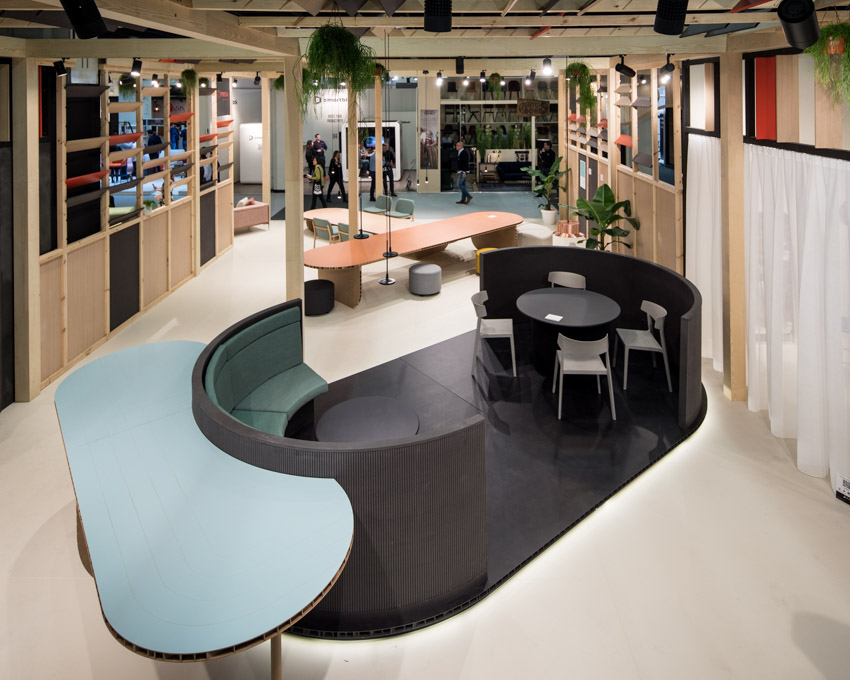
What is certainly palpable at Orgatec is the fact that interest in sustainability has come to stay, with visitors valuing the origin and environment impact of materials when it comes to selecting a piece.
After looking at these images, don’t you just feel like redesigning your office?


